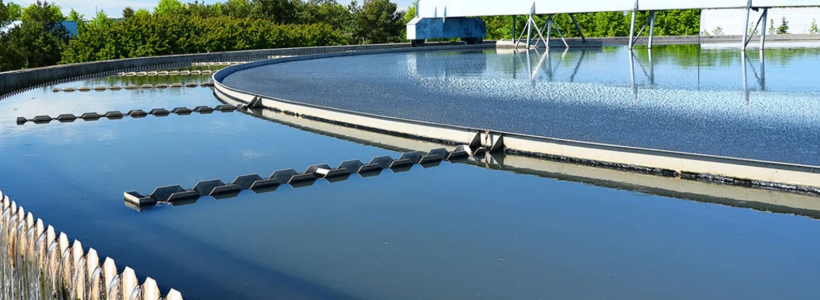Sewage treatment or domestic wastewater treatment is the process of removing contaminants from wastewater and household sewage, both runoff (effluents) and domestic. It includes physical, chemical, and biological processes to remove physical, chemical and biological contaminants. Its objective is, to produce an environmentally-safe fluid waste stream (or treated effluent) and a solid waste (or treated sludge) suitable for disposal or reuse (usually as farm fertilizer).
We are using advanced technology it is now possible to re-use sewage effluent for drinking water, nevertheless Singapore is the only country to implement such technology on an invention scale in its production of new water.
Sewage treatment generally involves three stages, called primary, secondary and tertiary treatment.
Primary treatment
It consists of temporarily holding the sewage in a quiescent basin where heavy solids can settle to the bottom while oil, grease, and lighter solids float to the surface. The settled and floating materials are removed, and the remaining liquid may be discharged or subjected to secondary treatment. Secondary treatment
This removes dissolved and suspended biological matter. Secondary treatment is typically performed by indigenous, waterborne microorganisms in a managed habitat. Secondary treatment may require a separation process to remove the micro-organisms from the treated water prior to discharge or tertiary treatment.
Tertiary treatment
This is sometimes defined as anything more than primary and secondary treatment in order to allow rejection into a highly sensitive or fragile ecosystem (estuary, low-flow river, coral reef). Treated water is sometimes disinfected chemically or physically (for example, by lagoons and microfiltration) before discharge into a stream, river, bay, lagoon or wetland or it can be used to irrigate a golf course, greenway way or park. If it is sufficiently clean, it can also be used for groundwater recharge or agricultural purposes.
The Principle
Its working on the principle of Aerobic Treatment with the help of aerobic bacteria, which is most conventional and proven method throughout the world. Envicare’s Modified Septic Tank (MST) Systems – Its works on principle on anaerobic digestion.
Advantages of STP Plant
A Sewage Treatment Plant (STP) plays a vital role in managing wastewater effectively, promoting environmental sustainability, and ensuring public health. It helps recycle and reuse water, reduces pollution, and complies with legal norms for waste discharge. STPs are especially important for residential complexes, industries, and commercial buildings to manage sewage efficiently.
- Treated water can be used for gardening, flushing, and industrial processes.
- Reduces pollution in natural water bodies.
- Prevents the spread of waterborne diseases.
- Cuts down on water bills through recycling.

